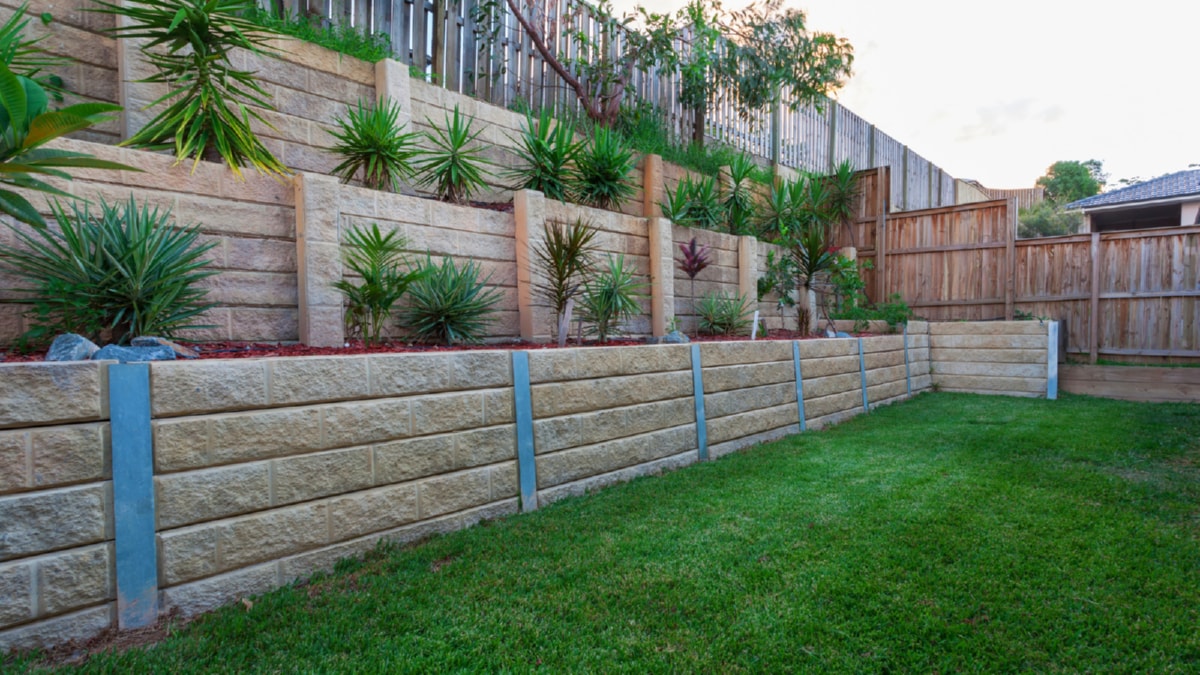The construction industry has always been a cornerstone of civilization, providing the infrastructure that allows societies to function and thrive. Over the past few years, the sector has experienced a rapid transformation due to the advent of modern technology. From the use of drones to 3D printing, the integration of technology into construction has revolutionized the sector, streamlining processes and enhancing efficiency and productivity.
One of the most significant impacts of modern technology on construction is the enhanced efficiency. Traditional construction methods often involved a significant degree of manual labor, which was both time-consuming and prone to human error. However, the advent of automation and robotics has significantly reduced the need for manual labor. Machines can now perform repetitive tasks with greater speed and precision than human workers, freeing up the latter to focus on more complex tasks. This not only boosts productivity but also improves the quality of work, as the risk of human error is significantly reduced.
Moreover, with the introduction of Building Information Modeling (BIM), the planning and design phase of construction have been revolutionized. BIM allows for the creation of detailed 3D models of a building, providing a visual representation of the finished product before construction even begins. This not only aids in better planning and design but also facilitates better communication and collaboration among different teams involved in the project.
Drones, also known as unmanned aerial vehicles (UAVs), have also had a significant impact on the construction industry. These devices can be used to monitor construction sites, providing real-time updates on progress and identifying potential issues before they become significant problems. Drones can also be used to inspect difficult-to-reach areas, improving safety by reducing the need for human workers to perform potentially dangerous tasks.
3D printing is another technological innovation that is set to revolutionize the construction industry. This technology allows for the creation of complex structures with a high degree of precision, using less material and reducing waste. In the future, 3D printing could potentially be used to create entire buildings, reducing the time and cost associated with traditional construction methods.
Furthermore, the use of augmented and virtual reality technologies in construction is becoming increasingly prevalent. These technologies allow workers to visualize the finished product in a virtual environment, enabling them to make modifications and improvements before construction begins. This can significantly reduce the time and cost associated with design changes and rework.
In conclusion, modern technology has had a profound impact on the construction industry, enhancing efficiency, improving safety, and reducing costs. As technology continues to advance, it is likely that we will see even more significant changes in the sector. While the integration of technology into construction presents certain challenges, such as the need for training and the potential loss of jobs due to automation, the benefits it offers are undeniable. As such, it is crucial for the construction industry to embrace these changes and adapt to the new technological landscape.
For more details, check best masonry services or visit their business listing here.



